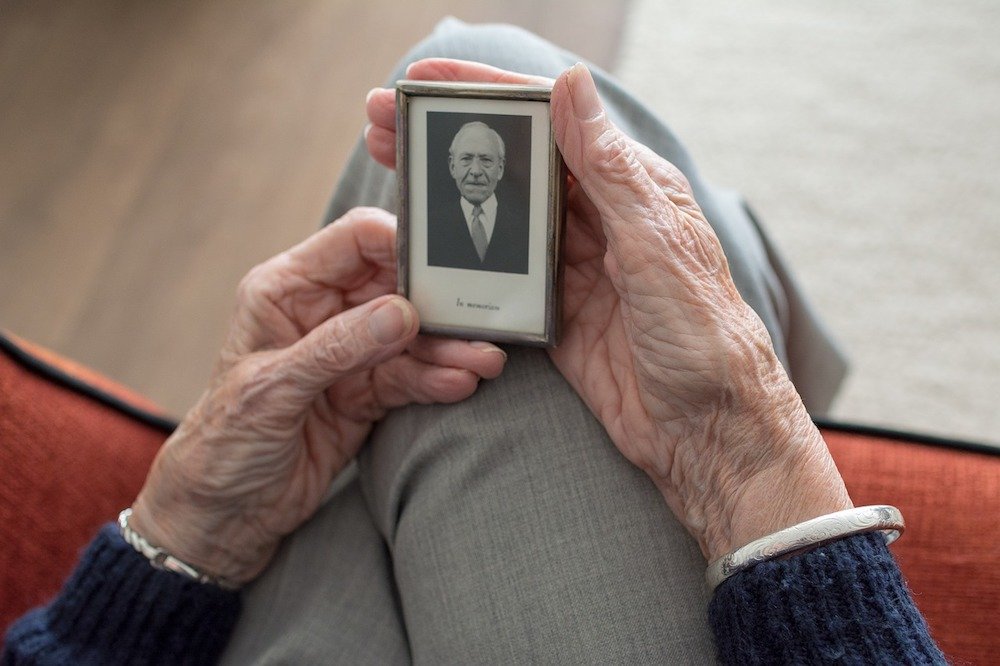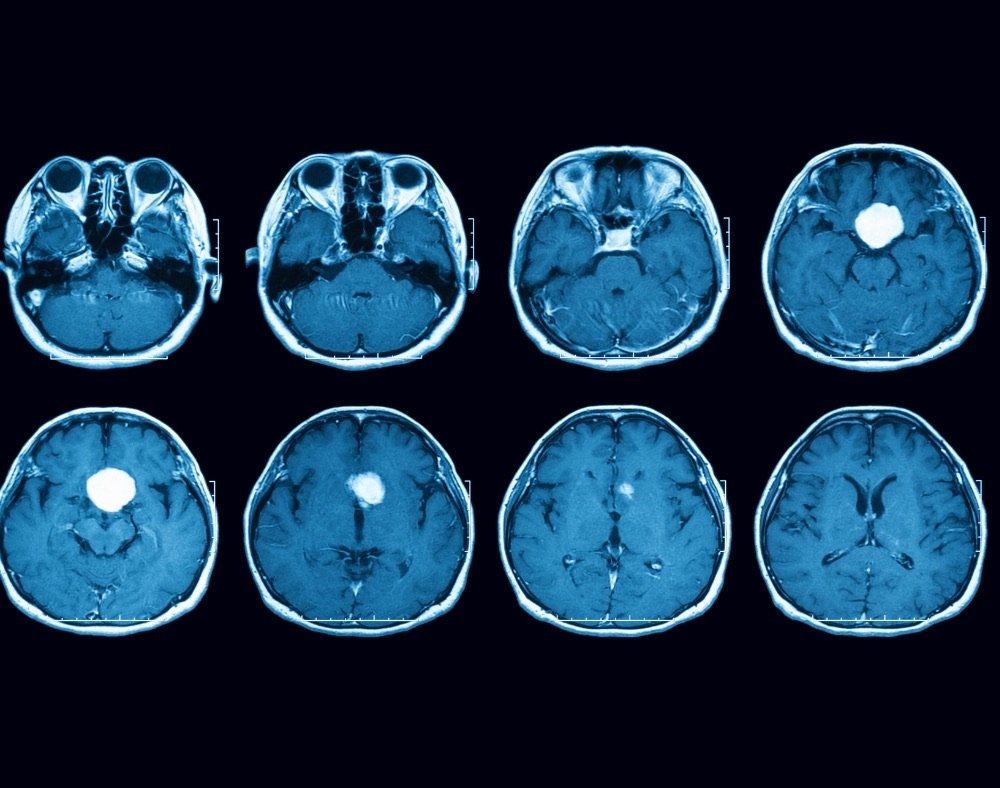The positive and beneficial effects of reminiscence therapy on a person with dementia as a treatment could be very impactful.
Dementia is one of the illnesses that does not have a medical cure yet.
However, there are some treatments and drugs that can help with symptoms of the illness.
With the right treatment and therapy, you can alleviate the condition and even slow down the progression.
Contents
What is reminiscence therapy for dementia?
One that has been known to be effective over the years is reminiscence therapy (RT) also referred to as life review therapy. This involves talking about past events, activities, and experiences with other people.
This type of treatment yields successful results mainly because individuals with the disease tend to be more comfortable talking about things that happened long ago.
Worth noting is that with dementia memories are typically lost in reverse order. This implies that the memories that one forms recently become more fleeting than those from years ago.
Dementia normally starts in the part of the brain known as the hippocampus.
This is the section that puts experiences into memory. When the area is damaged, recent experiences do not get that chance to convert to memories.
It’s only later when the disease starts to affect the regions in the brain where memories are stored. This means that these memories usually remain available even during the later stages of the illness.
For this reason, dementia and reminiscence complement each other. Let’s dig further into how the therapy works for persons who have dementia.
How does Reminiscence Help with Dementia?

The primary aim of life review therapy is to help an individual with dementia reconnect even though they are facing memory loss challenges.
It can be described as a form of talk therapy that motivates people to revisit past moments. This may assist a person to connect with individuals they love or process pleasant life events.
It can work in a group or one-on-one setting.
This therapy targets the sections of the brain that is responsible for cognition and long-term memory. It stimulates these parts of the brain, encouraging the discussion of memories that are tacked away.
The therapy stimulates these memories via multiple sensory organs, which makes the brain react differently than how it normally does.
These reactions can impact behavior or emotions.
A couple of studies show that the therapy helps older individuals to better engage with others.
Older adults who start to feel disconnected or left behind have been known to open up during the life review therapy sessions. This type of therapy does not only benefit persons with dementia but their relatives, friends, and caregivers as well.
It helps those around the person with the illness have a better understanding of dementia to know how to treat their loved ones.
Aids and Prompts for Reminiscing
For reminiscence therapy to work, some aids or props may come in handy. These assist in the initiation and sustainability of the process.
1. Pictures

Photos that spark memories are a great way to assist in the reminiscence process. Pictures of relatives and friends or anything else in a person’s history are some of the best choices because they help to elicit memories.
Moreover, photos that will remind the viewer of their favorite hobbies also work well.
For instance, someone who loves to spend time knitting might enjoy looking at magazines with different knitting designs.
People who love to cook may appreciate gourmet magazines that are full of appetizing food pictures. The same applies to historical events, crafts, sports, etc.
2. Smells and Tastes

Sensory stimulation also does a great job when it comes to reminiscing. Familiar smells especially are excellent for bringing back fond memories.
To help out with this, you can create scent jars or cards with the use of essential oils or spices that will remind seniors of foods or places they love.
3. Tactile Activities

Touching is another way to remind people of the past.
It is best done through familiar activities like pottery, paintings, sewing, knitting or other crafts that can bring back memories.
Even if a person cannot participate in these activities anymore, doing things like touching the paintbrushes, scribbling with chalk, swirling watercolors, playing with fabric, or squeezing yarn can help bring forth strong memories.
Another way of using touch is by using objects. Perhaps wearing items like necklaces, watches, and other pieces of jewelry can bring back some lovely memories of significant life events.
One more idea that can work is to bring a piece of clothing like a suit or dress that the person with dementia loved to wear to key events.
4. Music

This is another popular option of stimulating reminiscing. Songs may trigger memories of what an individual was up to twenty, fifty, or even sixty years ago.
He/she might remember their school days or when they first went out on a date. It may help to offer positive emotional feedback.
More familiar music will arouse stronger emotional responses. Nonetheless, even unfamiliar tunes can assist in the reminiscence process.
Musical activities to explore in this case include: listening to their favorite classics, enjoying sing-alongs, or playing music on simple instruments like bells, shakers, drums or tambourines.
Types of Life Review Therapies

There are three main types of Reminiscence therapy, as discussed below:
1. Simple Reminiscence
This is where a person tries to reflect on past events in an enjoyable and informative manner.
2. Evaluative Reminiscence
This takes on more of a therapy approach. Not only can this be used to review life, but it can also work to help resolve conflicts at times.
3. Offensive-Defensive Reminiscence
At times during RT, an individual may recall stressful or unpleasant memories. It can cause negative changes in behavior or the development of emotional issues.
When this happens, it is advisable to deal with them head-on to offer a resolution. This helps an individual to come to terms with the life events that they would rather keep hidden and possibly even achieve closure.
Benefits of Reminiscence Therapy

Over the years, people with dementia have benefitted from RT in several ways, including:
1. Enhancing Cognitive Capacity
A study by Geriatrics and Gerontology International published in 2007 concluded that reminiscence programs are effective ways to help improve the cognitive capacity of individuals with different dementia types. This might also help a person to participate better in daily living activities.
2. Boosts self-esteem
Because reminiscence gives a person with dementia a greater sense of competence, it can also help to boost self-esteem. This is where a person becomes more confident through the use of a skill they still have.
3. Brings good feelings
As a person remembers things that once made them happy, it can help to instantly improve their moods as their minds flood with good feelings.
This is something wonderful, especially during those times that a person with dementia finds life to be complicated.
Gaining positive feelings can help to reduce agitation, decrease stress, boost mood, and minimize challenging behaviors like anger, wandering and lots more.
In most cases, people with dementia are usually on the receiving end, where they listen to their caregivers and have things done for them.
RT allows them to be in the driver’s seat where they have a chance to talk and share meaningful things instead of just listening to other people as they converse.
5. Less strain on the caregiver
Because RT makes a person feel better about themselves, giving them higher self-worth, caregivers get a more manageable task of looking after individuals with dementia.
The therapy can enhance caregiver and family bonds as they learn new things about their loved ones’ past.
Structure of Reminiscence Therapy Sessions

The structure of RT sessions is not set on stone as they normally vary. Some may be as simple as having a conversation with a caregiver while taking a walk.
Others are more complex and structured involving meetings with counselors and therapists. In regards to length, most of the sessions do not have specific time frames.
The frame of mind of the individuals with dementia usually dictates how long a session will be. This is to ensure they remain as comfortable as possible to enjoy the process rather than get stressed about the entire process.
Most people who meet with therapists for RT usually meet at least once every week.
If a person is dealing with a traumatic past, it is best that a licensed therapist directs the RT sessions so that they can professionally deal with any confusion or flashbacks that occur.
Research on RT is still going on to come up with ideal settings and best conditions for practicing it so that people with dementia can get more benefits from the therapy.
What Happens When RT Evokes Painful Memories

While RT seeks to help persons with dementia remember the happier times, painful memories may also crop up.
Do not stop the therapy when this happens. Instead, monitor how the individual behaves and respond with a lot of understanding and kindness.
After spending more time with the person with dementia, you can tell whether to offer support, a listening ear or gently steer them towards better memories where they will not in a distressed or sad state.
Closing Thoughts
As part of the treatment process, individuals with dementia should include reminiscence therapy.
This can help to improve communication skills, mood, cognition, and other areas that can lead to a better quality of life. Remember that the activity needs to be non-threatening and enjoyable.
Do not force conversations when participants do not want to talk and share. You can try leads such as do you remember which countries were against each other during the Korean War?
Aids or props can also assist in initiating the reminiscence process so that it flows well.







